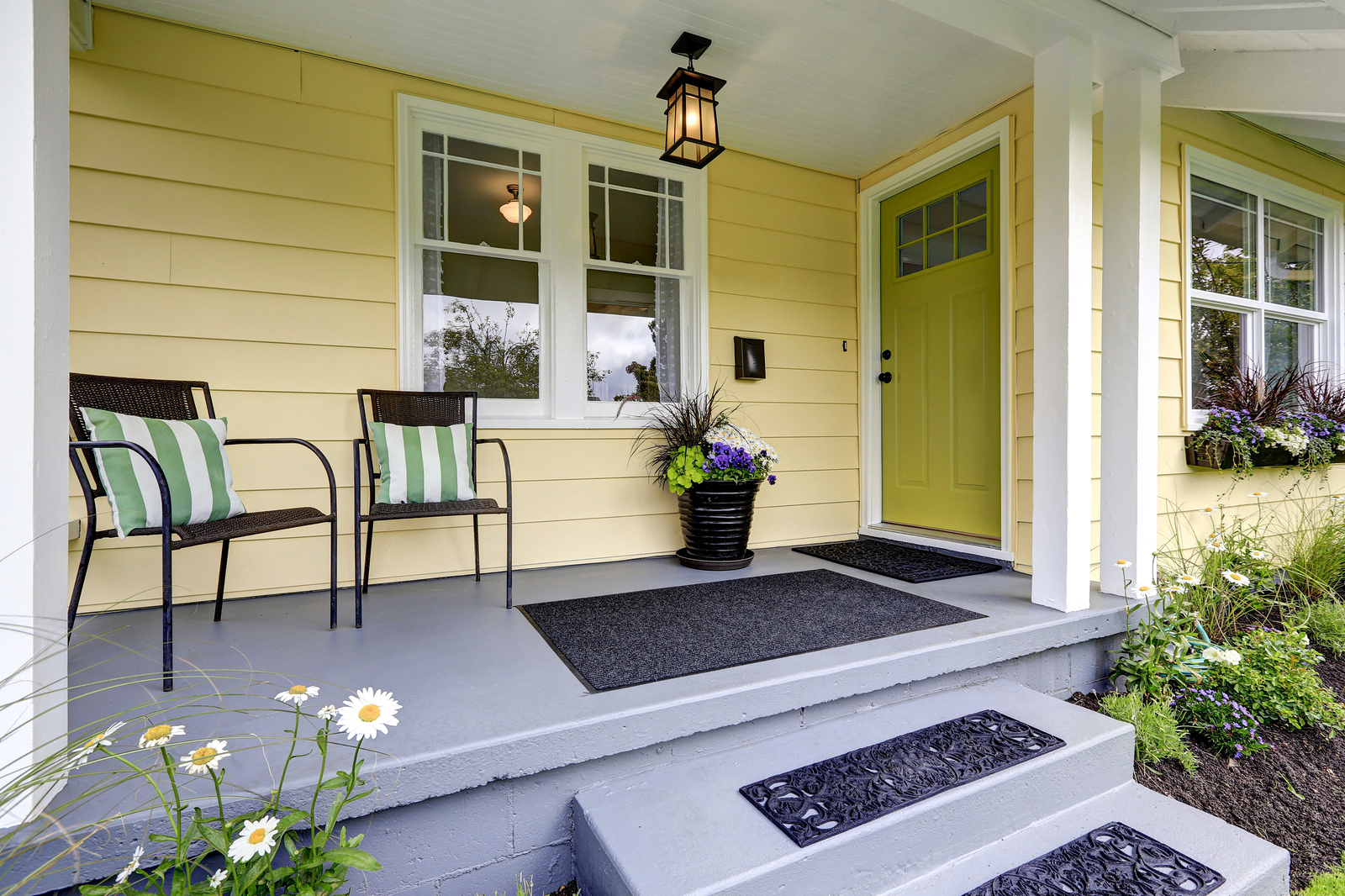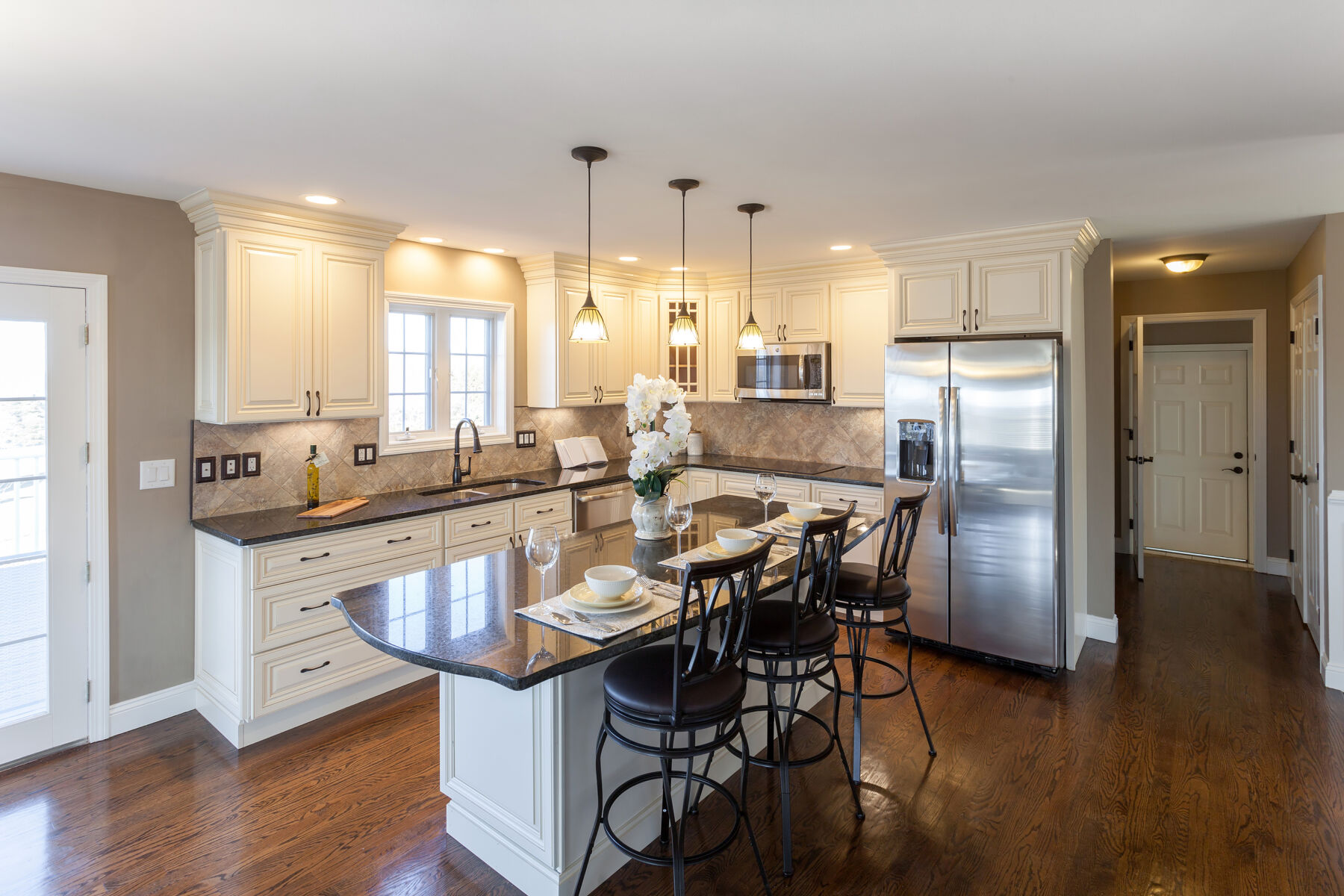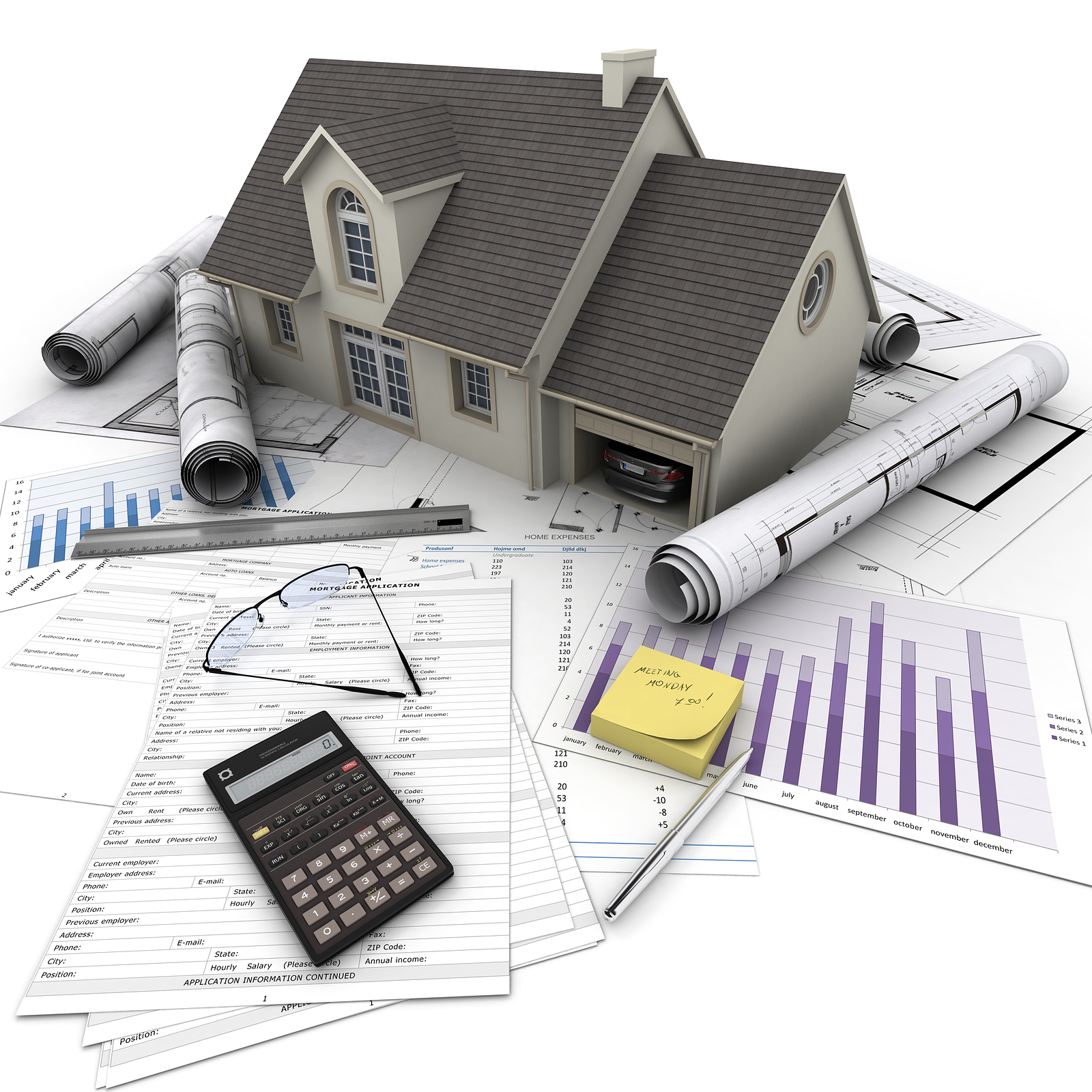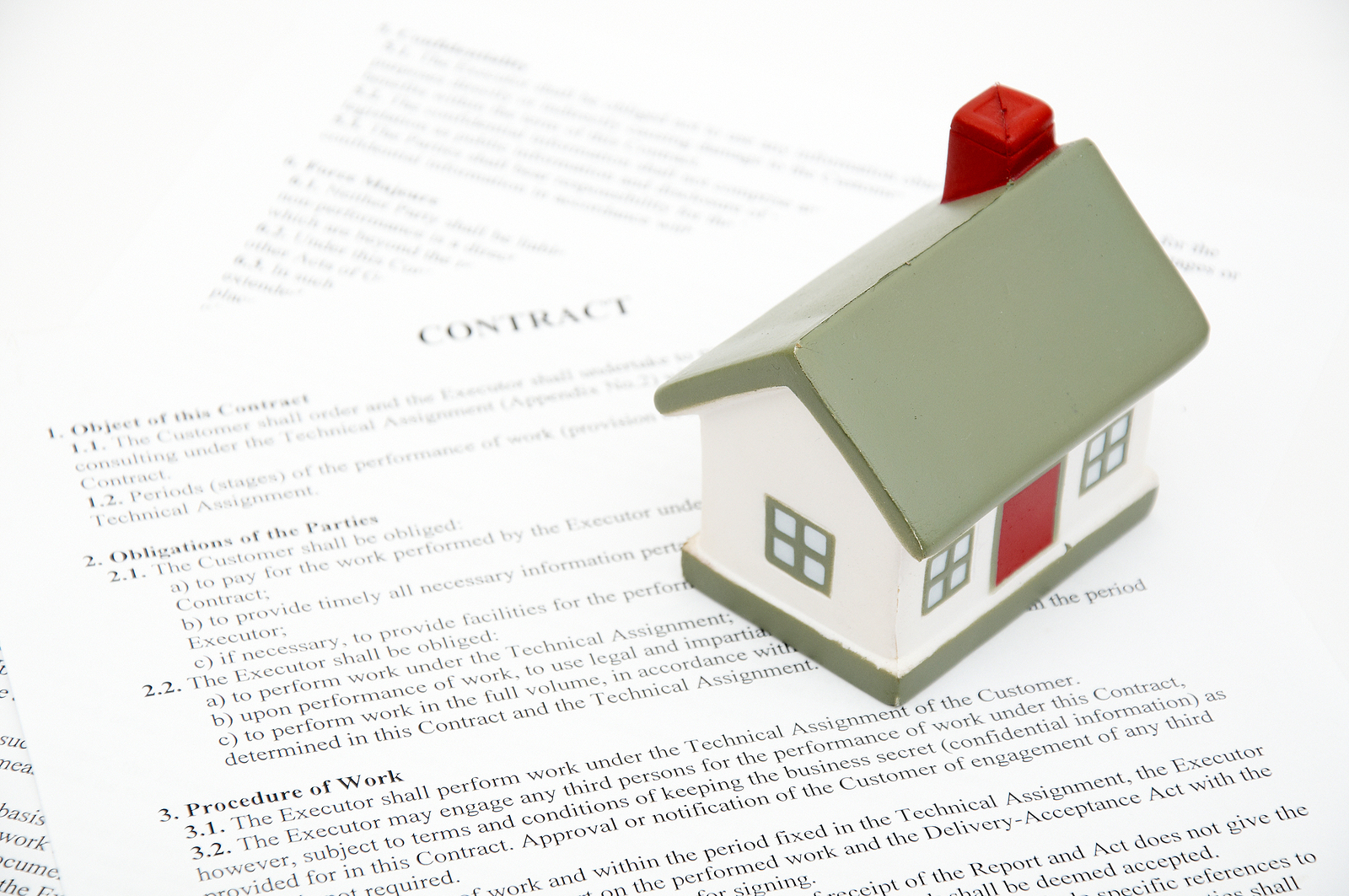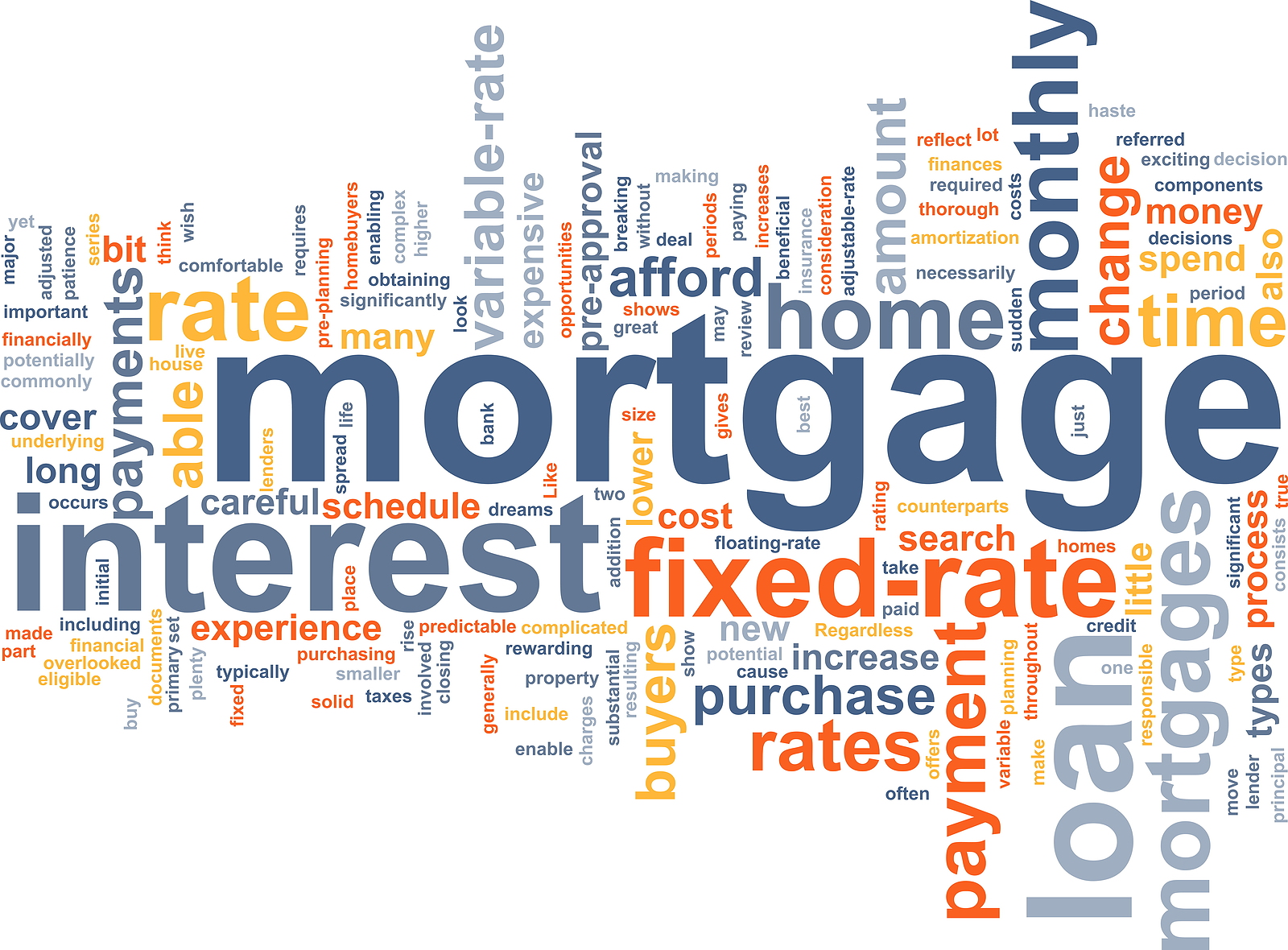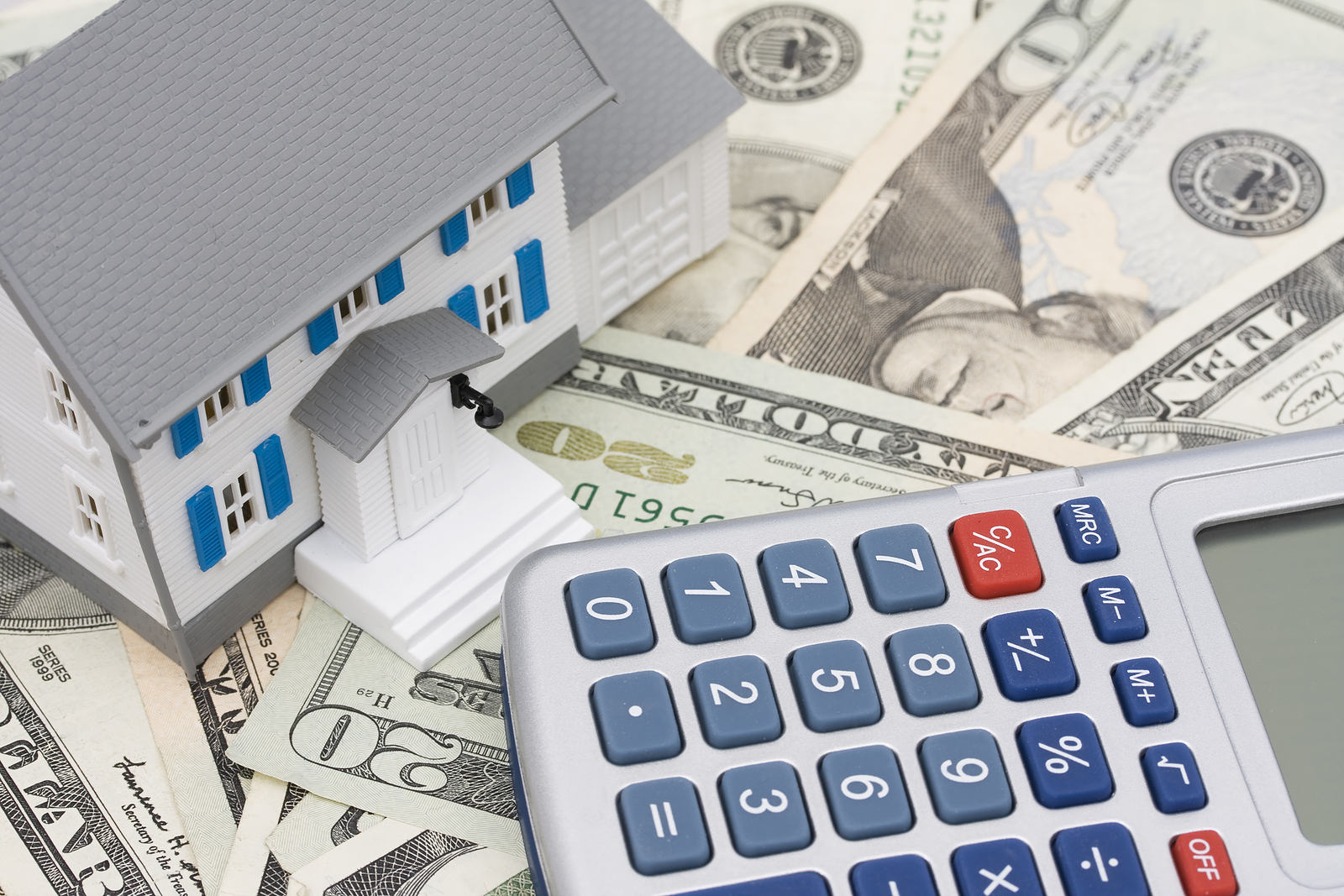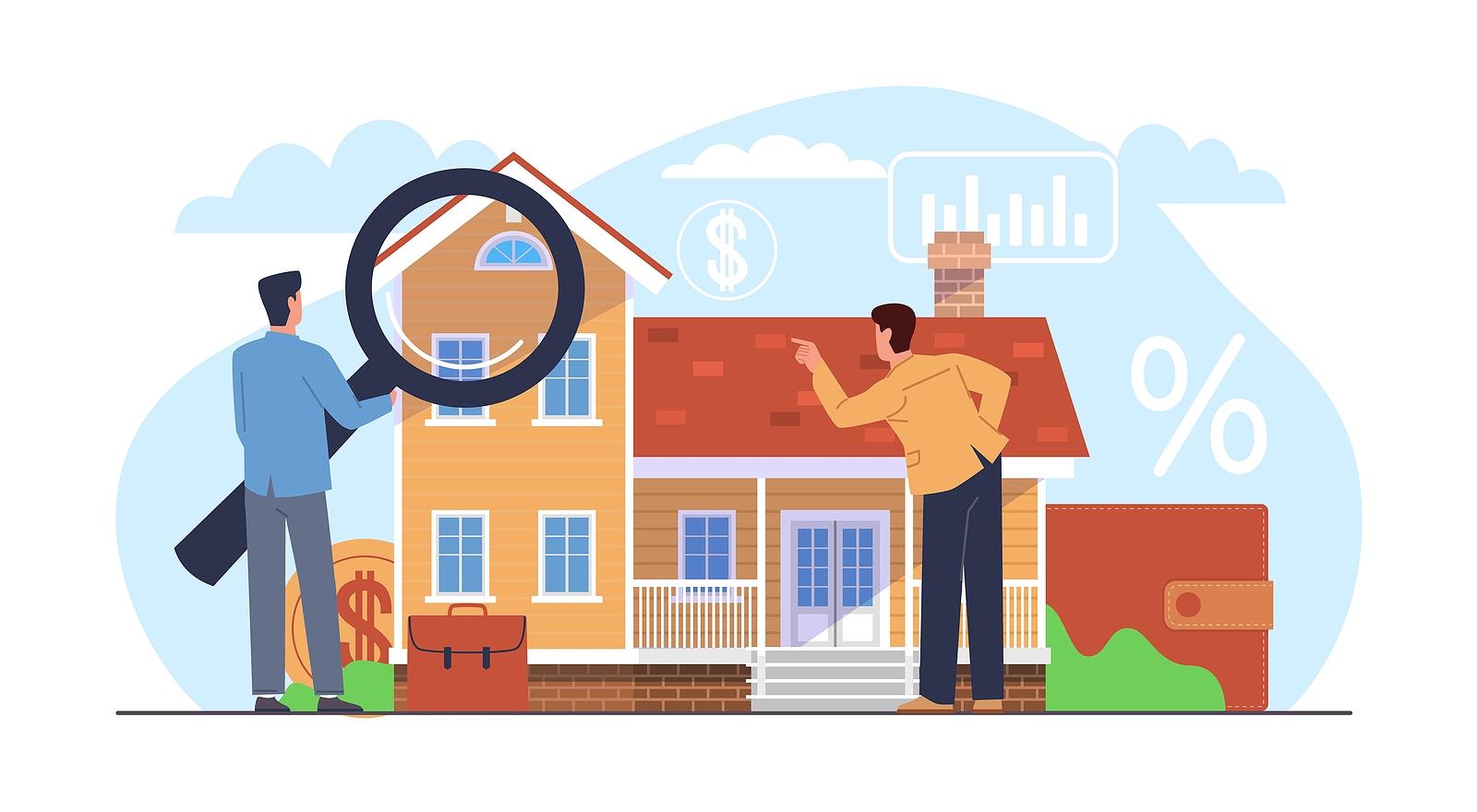In the fast-paced world of technology, our homes are becoming smarter and more connected than ever before. The integration of cutting-edge smart home technologies has revolutionized the way we live, enhancing comfort, security, and efficiency. In this blog, we’ll explore the latest trends in smart home technology that are shaping the future of our living spaces.
Embracing the Internet of Things (IoT)
The key to a truly smart home lies in the seamless communication between devices, and the Internet of Things (IoT) is the driving force behind this connectivity. Smart home devices, from thermostats to lighting systems, are now interconnected, allowing users to control them remotely through a centralized hub. This interconnectedness not only adds convenience but also enables more efficient energy usage.

Voice-Activated Assistants: A New Era of Control
One of the most notable advancements in smart home technology is the integration of voice-activated assistants. Devices like Amazon Echo and Google Home have become central to smart homes, allowing users to control various devices using simple voice commands. Imagine adjusting the thermostat, dimming the lights, or playing your favorite music – all with a voice command. This hands-free approach to home management is not only convenient but also adds an element of futuristic sophistication.
Enhanced Home Security Systems
Security is a top priority for homeowners, and smart home technology has elevated security systems to new heights. Modern smart security systems include features such as smart locks, doorbell cameras, and motion sensors. With real-time notifications and remote monitoring, homeowners can keep a vigilant eye on their property, enhancing both security and peace of mind. The integration of artificial intelligence in these systems allows for more accurate threat detection, reducing false alarms and increasing overall effectiveness.
Energy-Efficient Smart Lighting
Smart lighting is no longer just about turning lights on and off remotely; it’s about optimizing energy usage. Energy-efficient smart bulbs can adjust their brightness and color temperature based on the time of day or user preferences. Automated lighting systems can also learn user behavior and adapt, contributing to significant energy savings over time. Beyond functionality, smart lighting adds ambiance and can be customized to suit different moods or occasions.
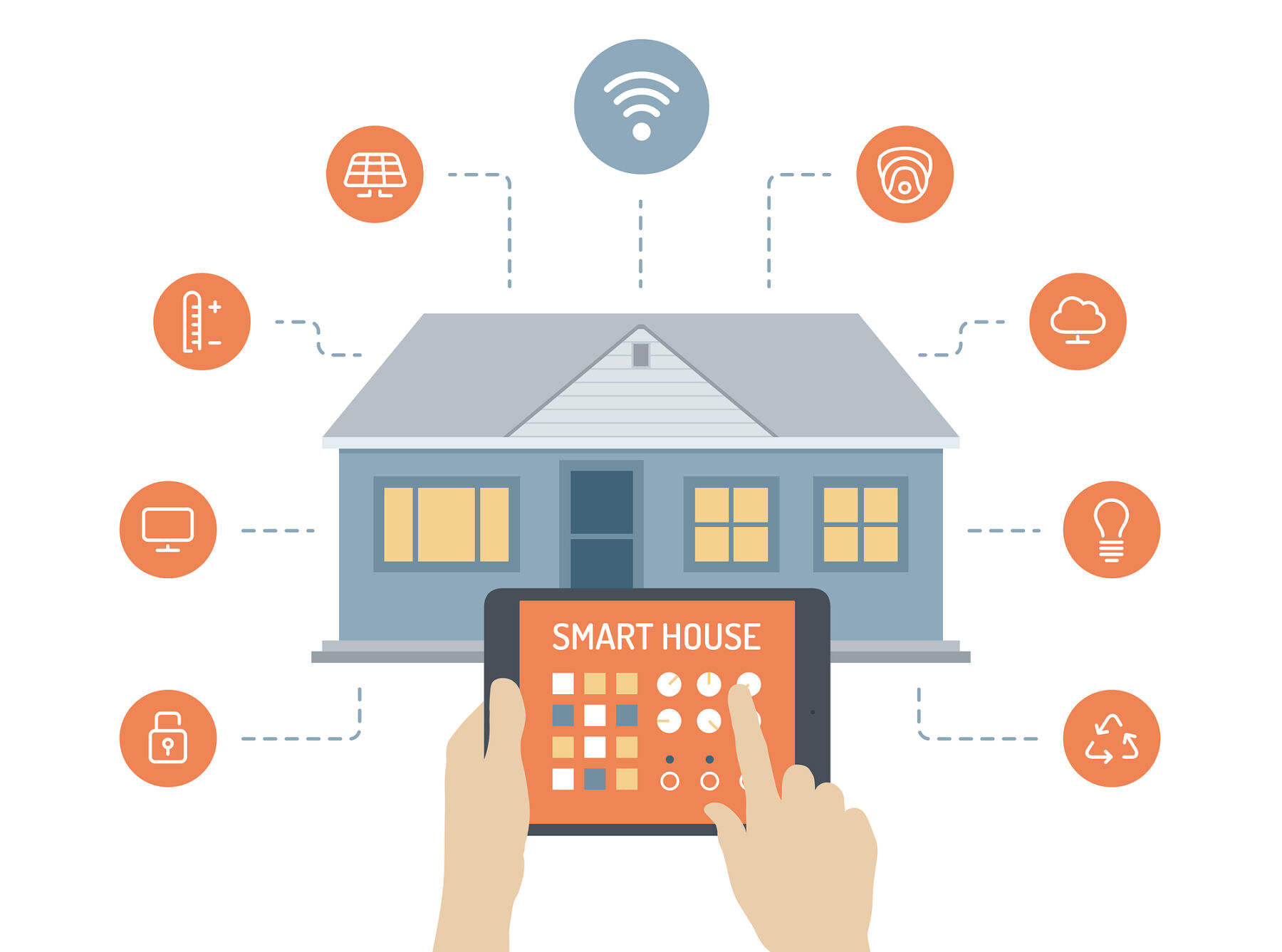
Smart Appliances for a Seamless Lifestyle
The kitchen is the heart of the home, and smart appliances are transforming the cooking experience. From smart refrigerators that can suggest recipes based on available ingredients to ovens that can be controlled remotely, these appliances are making daily tasks more convenient and efficient. The integration of artificial intelligence allows these appliances to learn user preferences and adapt their functionality accordingly, making the cooking process a breeze.
The Rise of Smart Home Health Technology
Health monitoring has entered the realm of smart home technology with the advent of devices that track vital signs and provide health insights. Smart wearables, connected scales, and blood pressure monitors can seamlessly integrate with a smart home ecosystem, allowing users to monitor their health in the comfort of their homes. This trend not only promotes proactive health management but also enables better communication with healthcare professionals through data sharing.
Smart Home Entertainment Experiences
Entertainment in smart homes goes beyond just streaming services. Advanced home theater systems, integrated with smart technologies, can create immersive experiences. From voice-controlled audio systems to smart TVs that adapt to user preferences, the entertainment landscape is evolving. Virtual reality and augmented reality technologies are also making their way into smart homes, offering a new dimension to entertainment within the confines of your living room.

Conclusion: Embracing a Smarter Future
As we navigate the ever-evolving landscape of smart home technology, it’s clear that the future holds exciting possibilities. The seamless integration of devices, coupled with artificial intelligence and IoT, is transforming our homes into intelligent living spaces. From enhanced security to energy efficiency and personalized comfort, smart home technologies are creating a future-ready living experience. Embrace the trends, stay connected, and make your home a hub of innovation and convenience.








